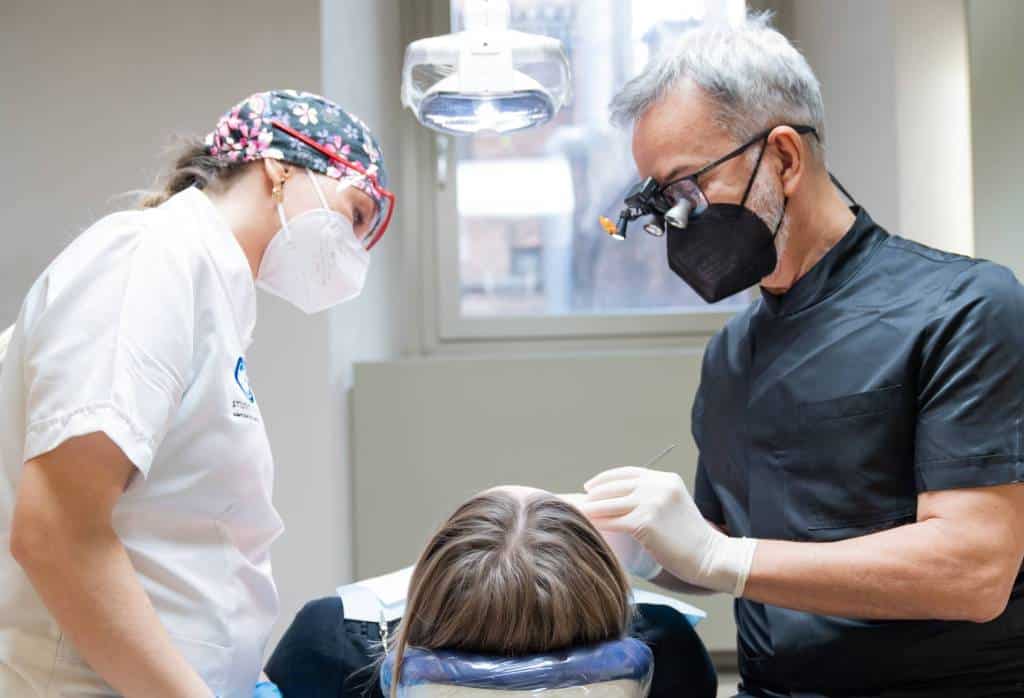Having "straight teeth" is not just an aesthetic issue

The functionality of our masticatory system is closely linked to the position of the teeth and the characteristics of the occlusal configuration (matching ratio of the dental arches).
What is dental diagnostics?
The definition of normal or ideal occlusion is based on studies that include the neuromuscular and morphological aspects that influence the position of the teeth and their function. Numerous and multiform characteristics are responsible for the fact that the functional occlusion of each individual is different for each individual. Orthodontics corrects the position of the teeth and the shape of the dental arches already developed or arches still developing. In addition to the realignment of the teeth, orthodontics is used to treat malocclusions related to an atypical relationship between the teeth. The malfunction of the dental arches can generate pain in the temporomandibular joint, dental wear, problems with chewing, breathing, phonation, or aesthetic dystonia.
When is orthodontic therapy necessary?
The most frequent cases in which a patient may need orthodontic therapy are:
Mandibular prognathism: when the mandible protrudes from the upper maxilla.
Cross-bite: when, with the mouth closed, the lower teeth are external to the upper ones.
Deep bite: when with the mouth closed, the teeth of the upper arch excessively cover those of the lower arch. The teeth can sometimes damage the gums and palate, causing further complications.
Increased overjet: when there is a greater than average distance between the upper and lower incisors' incisal margin (the one used to bite). In this case, the upper incisors are exposed to a greater fracture risk in case of trauma.
A thorough orthodontic examination, accompanied by diagnostic tests, is essential for correctly elaborating the diagnosis and the related treatment plan. For a correct therapy design, exact digital models of the patient’s mouth are also needed to read the axis of the teeth well and program their selective movements.
Is there only one type of orthodontic therapy?
No! Orthodontic mechanics, i.e., the rules that govern the movement of teeth, is universal, but different types of equipment can be used, such as:
Removable orthodontic appliances
Transparent removable orthodontic appliances (Invisalign or similar)
Fixed orthodontic appliances with brackets (metal or porcelain plates) fixed buccally (on the visible surface of the teeth)
Fixed orthodontic appliances with lingually fixed brackets (on the inner and invisible surface of the teeth)
It will be the specialist, after a careful examination, to suggest which of the various therapeutic possibilities is the most suitable for the individual patient.